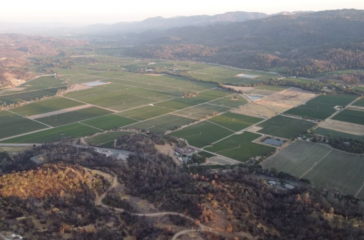Worries in wine country: Napa Valley wrestles with chemical contamination controversy
By Shannon Kelleher
Famous for its lush vineyards and cherished local wineries, Napa Valley is where people go to escape their problems. What the more than 3 million annual tourists don’t see, however, is that California’s iconic wine country has a problem of its own – one that has spurred multiple ongoing government investigations and created deep divisions among residents and business owners, with some fearing the region’s reputation and way of life may be in peril.
 EWG
EWG